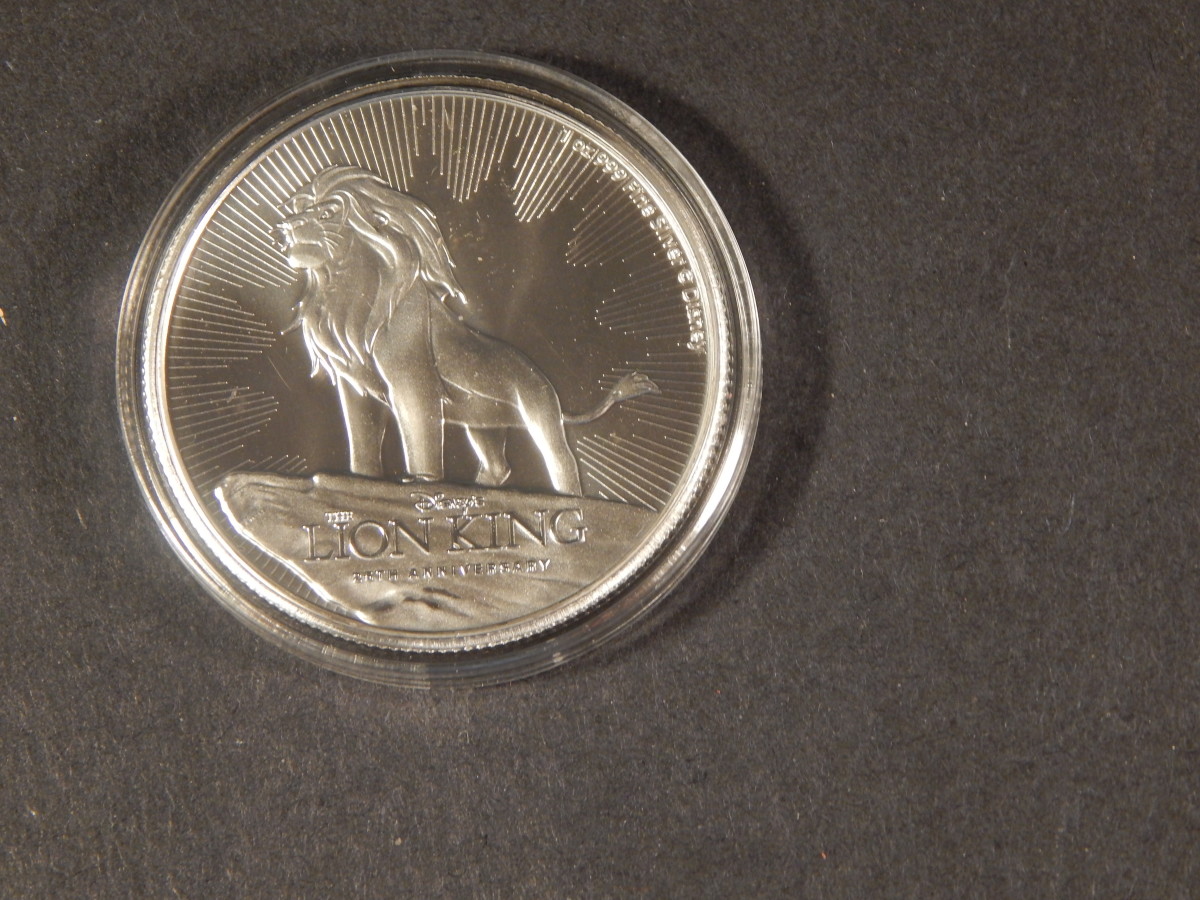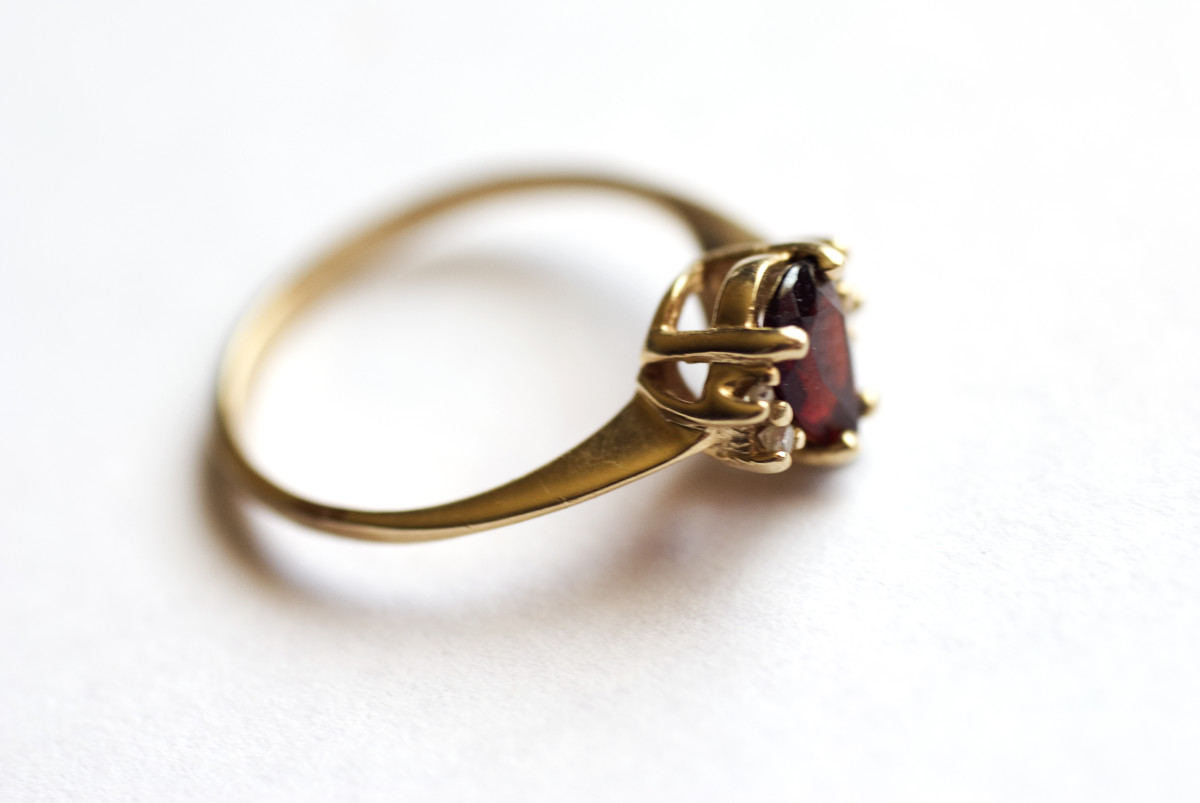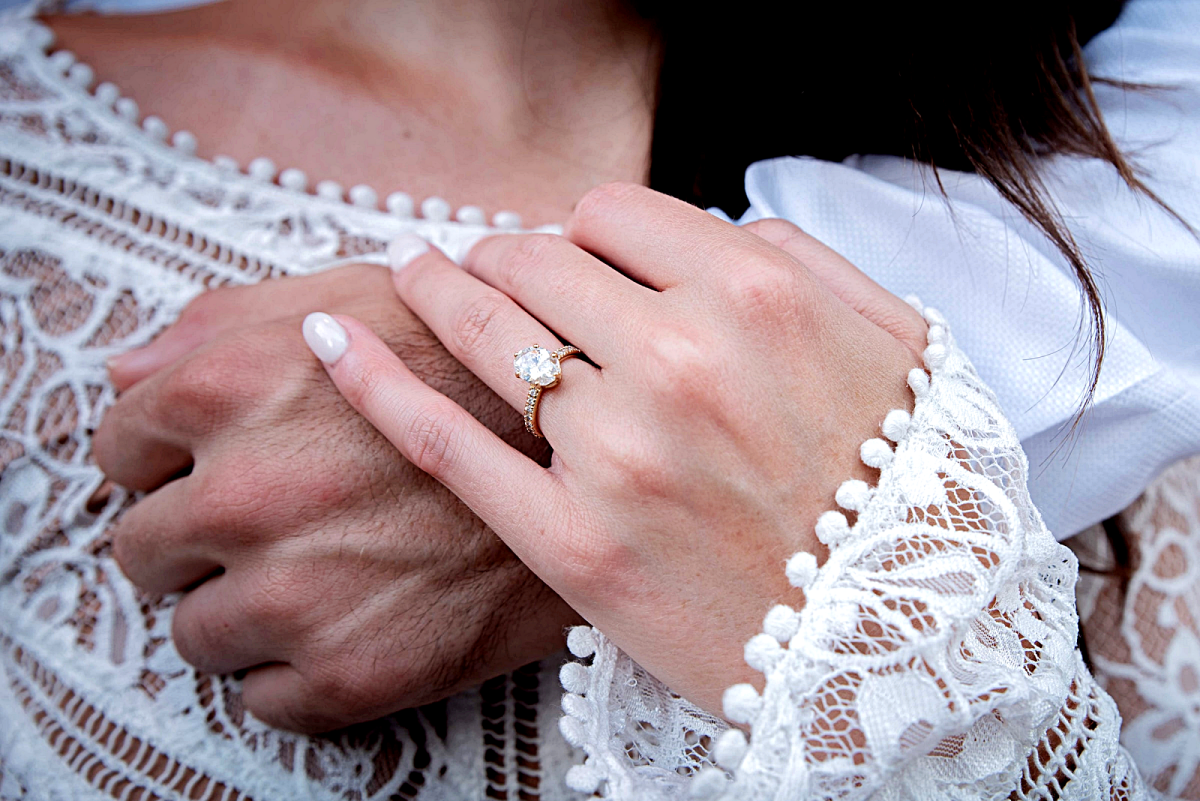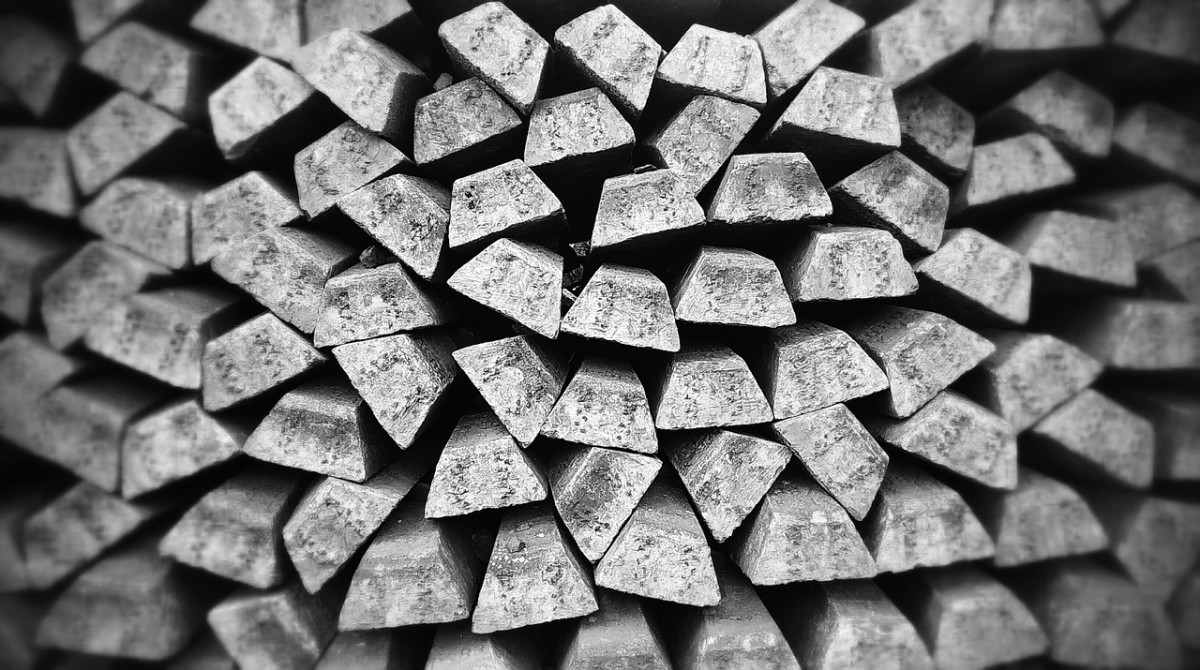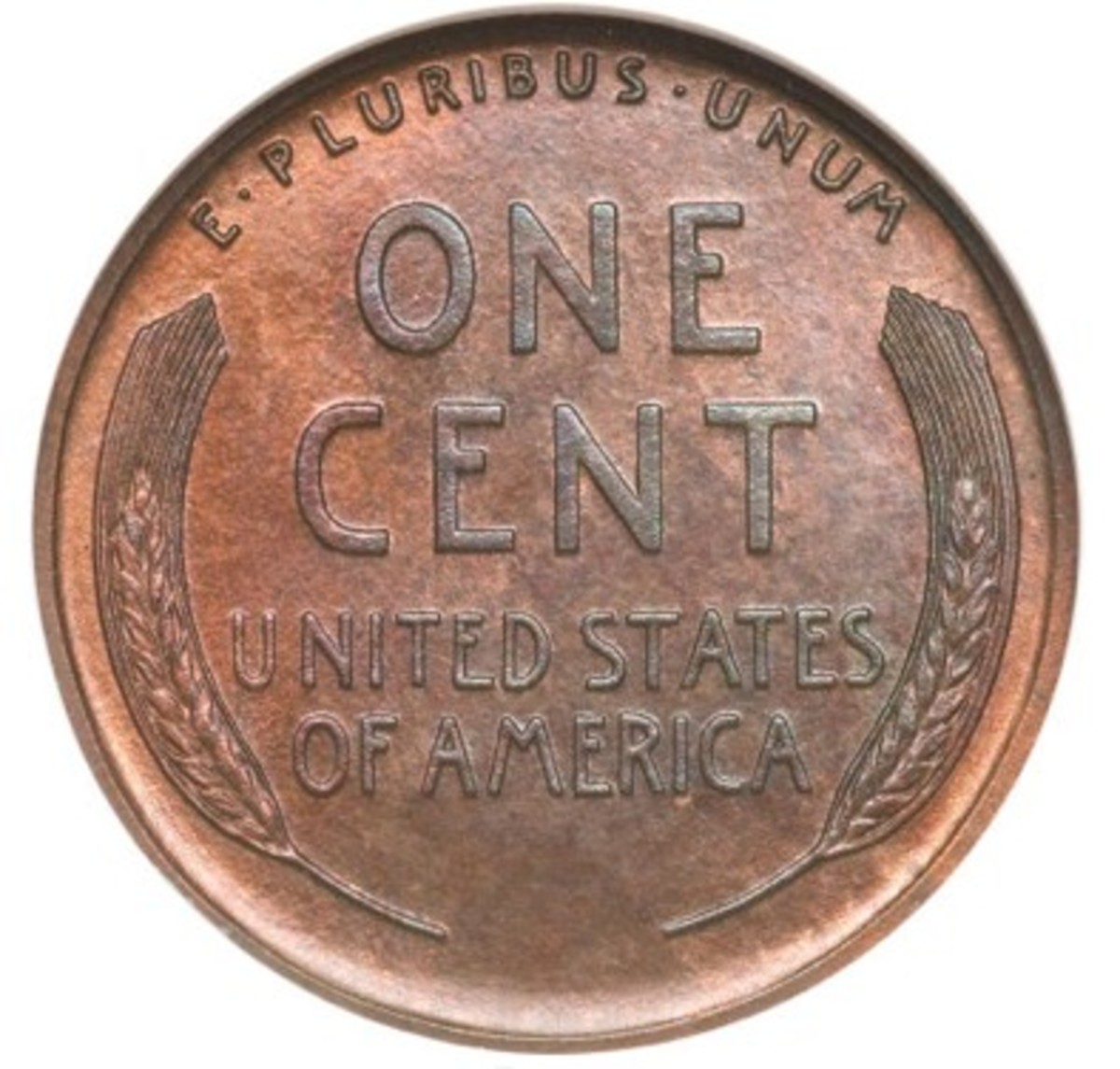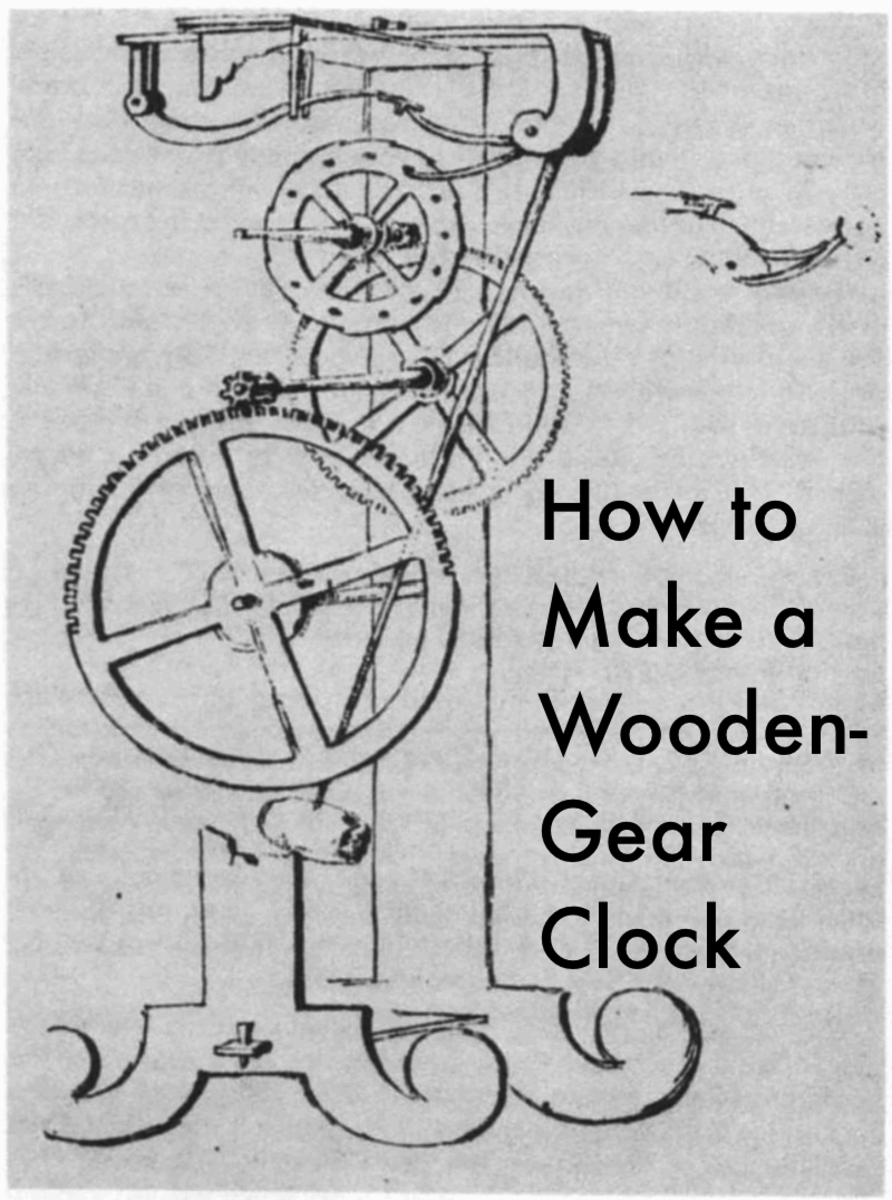Gold Hallmarks and Jewelry Marks, a Guide for Identifying Precious Metals.

Basics
In the simplest form a precious metal object is one of three basic scenarios.
- Almost all precious metal 100%
- About half precious metal 50%
- Or vary little like 0.05%
However, this is an over generalization because there are a lot of things in-between. When you have an apparent object to identify its best to figure out which of these three categories it fits in.
Anciently various systems were used but metal casters often used shot or small pellets of gold or silver to melt together into bars or jewelry.
Bars are usually marked .999 fine because if you take pellets and melt them surely something else will get in making the melt a little less then 100 percent. Another way to say this is if you had 999 pellets of silver and 1 pellet of nickel then the bar after melting would be .999 fine.
Another System is the Karat System. In this system 24 Karat is equal to 100 percent pure or .999 fine. So, if you wanted to make 50% then you would mark half of 24 karat on the ring. So it would be marked 12 K and it would have half gold and half copper for example.
United States precious metals marks
The United States requires marks that identify what the percentage of precious metal is in an object that is for sale. Several years have taught me that there are three common marks for gold jewelry 10k, 14k, and 18k. Dental gold used to be 16k but more recently has been more like 14k.
Silver generally is marked either Sterling or 925 in the USA. This means it’s 92.5% silver and then there is some other metal mixed in, usually nickel or copper.
Platinum is marked usually with plat or 900 (90.0%). The other 10% is iridium.
Palladium is usually marked 950 or pall or pd.
British Gold Hallmarks
They put a picture of a crown and then a number in a box like 585. This one is equal to 14k. The math works out like this take 14 and divide by 24 and you will get the decimal 0.585 roughly. I think this is why there is a chain of pawn shops in the USA called Crown Pawn, they are all about that British gold!
Another difference is they use Carat instead of Karat so you may see the abbreviation Ct. Example 14 Ct.
For silver they generally use a picture of a lion in a box to signify sterling which is a word for 92.5% silver and then inside a circle they would put next to the lion 925.
The most exciting thing about British gold is Victorian era Jewelry which I have been introduced to over the past few years, these pieces are rare antique fashion jewelry that are usually exhibiting fine details like small pearls and filigree. Some interesting Google search is “Queen Victoria’s jewelry”. My favorite is her Snake engagement ring.
Italy
From Italy I usually see 14kt or 18 kt, they also have some that are marked 585 or 750 (18k). For many years they have produced an abundance of necklaces and bracelets.
Asian Gold
OK so I see this Jewelry occasionally when buying scrap gold. Often it will be marked with a 22 indicating 22 karat. It looks a lot more yellow, I think it is because they alloy with tin. If you divide 22 by 24 you get 0.9166 so rounded I think it is written sometimes as 917 as a mark, but Asian gold often is not marked or it is only in an Asian language that we cannot read. Usually their gold is 18k or higher so 75% and up. I know because I used density testing to measure the approximate karat and then when I destroy to refine the yields are good.
Plated Gold
There are some marks that I know mean the gold object is just plated, having very little precious metal available. For example, 10k 1/10 GE, 14k 1/20 GP, these both are gold electroplated and gold plated respectively. They have a layer of either 10 or 14 karat that is 1/10th thick or 1/20th thick. The first one is about 0.041% and the other one is 0.029%, not very much and also more difficult to extract. Its not worth messing with until you have a bucket full. There are some others like RGP which stands for rolled gold plate and GP just gold plate.
One exemption is 10 KP this P stands for plumb which means it is gold.

